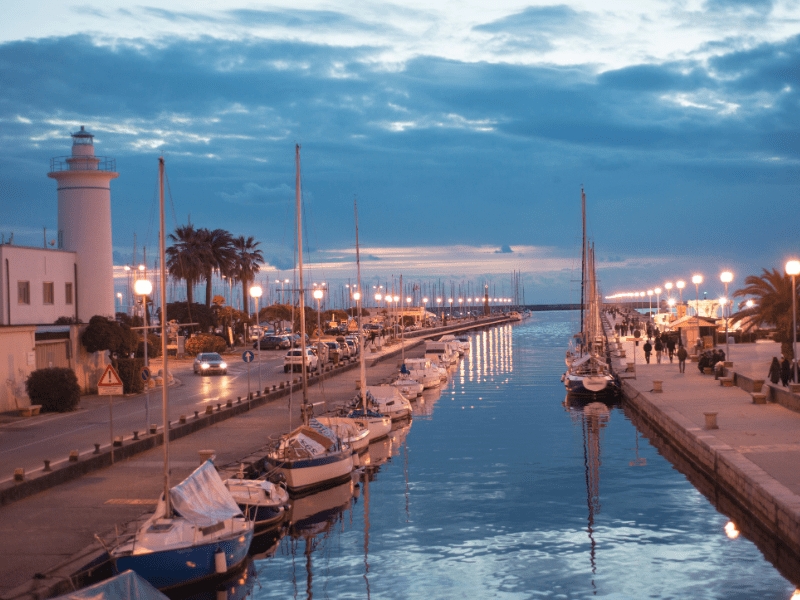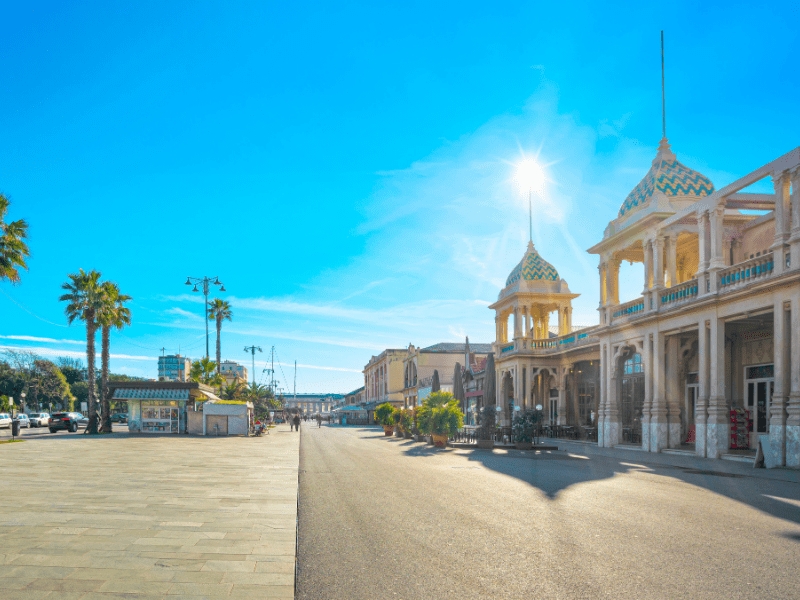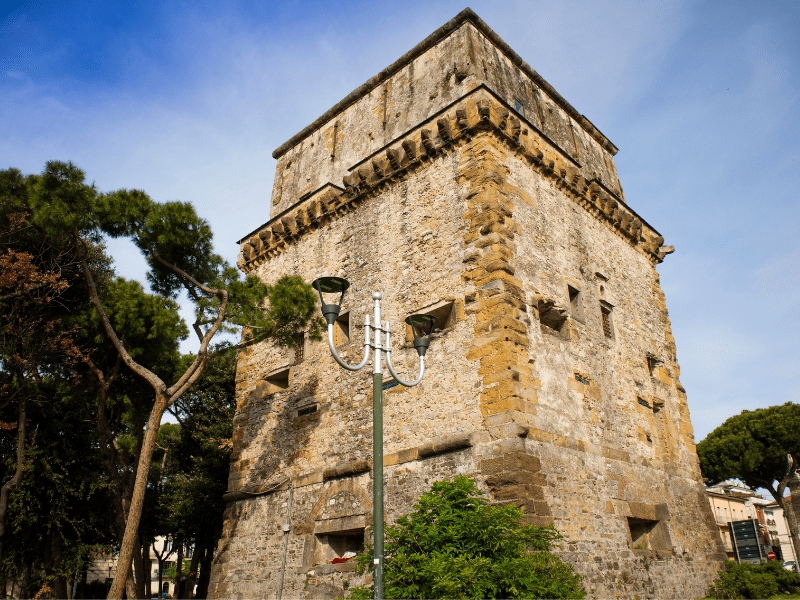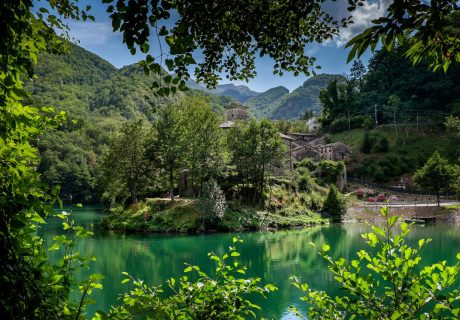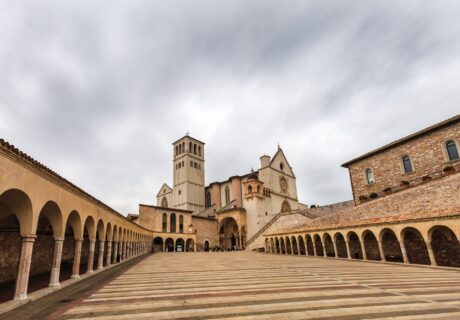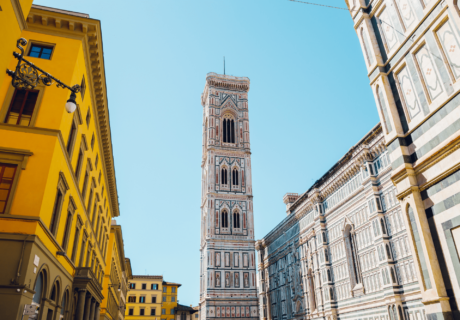What to see in Viareggio
5 min · 30 May 2023
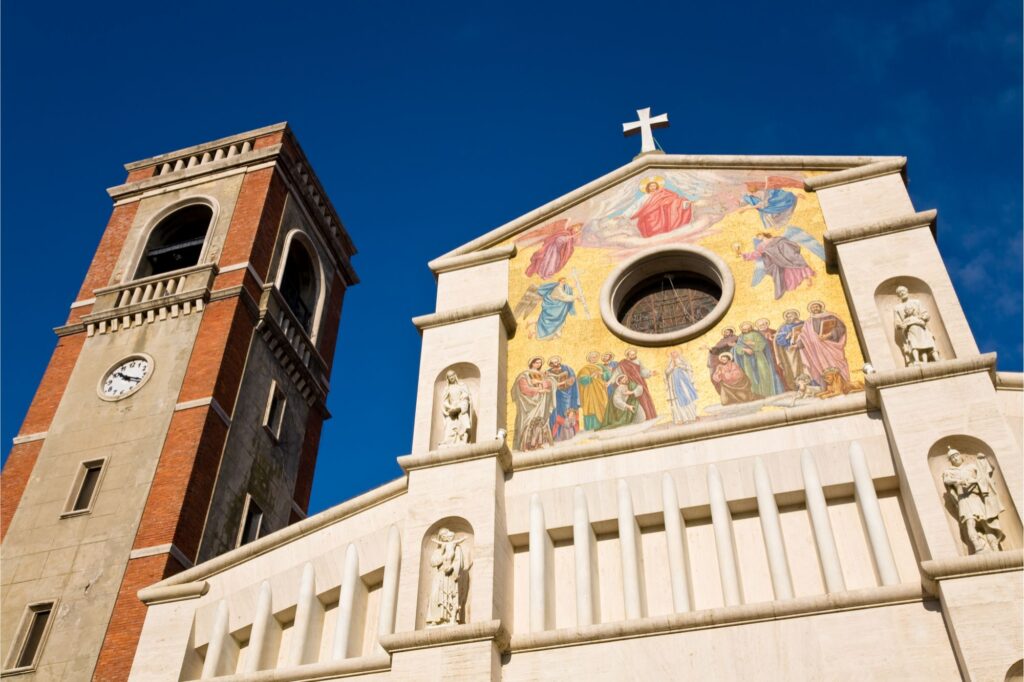
Viareggio is a marvellous and elegant resort town in Versilia renowned worldwide for its splendid sea and long golden beaches, which is why it is rightly called the ‘pearl of the Tyrrhenian Sea’. The Tuscan town is also known for its carnival, one of the most important in Italy, which attracts millions of people every year with the spectacular merriment of its allegorical floats.
But one does not go to Viareggio only at Carnival, nor only during the warmer months to spend a few days basking in the sun: it boasts a tourist season that actually extends throughout the year and is rich in scenic, cultural and natural beauty just waiting to be discovered.
The city is nestled between two large pine forests, the Ponente and Levante. The latter is joined by the Migliarino, San Rossore, Massaciuccoli Regional Park, a magnificent protected natural area characterised by extremely diverse environments. It extends not only along the Tuscan coast but also in a more inland strip that reaches as far as the foothills of the Lucchese mountains and includes wetlands, marshes, coastal dunes, historical remains and the large lake of Massaciuccoli.
Among the things not to be missed in Viareggio is undoubtedly the famous Passeggiata Margherita, one of the most evocative and fascinating places in Versilia. It dates back to the early 20th century and is a succession of bars, luxury boutiques, bathing establishments and buildings that retain a hint of the elaborate elegance of the 1920s and 1930s, such as: the Gran Caffè Margherita, with its typical turrets and scenic domes decorated with coloured ceramic tiles; and the nearby Chalet Martini, inaugurated in 1899, which reflects a perfect combination of the original wood and Arabian style.
Its town centre is rich in architectural beauties in Art Nouveau style, including Villa Argentina, a marvellous artistic jewel whose architecture is considered the most significant expression of modernist language in the whole of Versilia. Dating from around 1926 and subject to subsequent restoration, the villa today hosts important exhibitions, events and cultural meetings. In Piazza Shelley, the only tangible reference to the Romantic poet who drowned here, is another architectural masterpiece, Villa Paolina, where Napoleon’s sister Pauline Bonaparte lived the last years of her life. Built in 1822, it currently houses the ‘A.C.Blanc’ Archaeological and Human Museum and the ‘G. Ciuffreda’ Museum of Musical Instruments. Other notable buildings include: Villino Nistri, inspired by oriental themes; and Villino Amoretti, an exceptional example of modernist residential architecture.
In terms of religious architecture, the following are definitely worth a visit: the beautiful Church of San Paolino, built in 1896 and enlarged after about forty years, reminiscent of Romanesque style basilicas; and the Church of Sant’Andrea, Viareggio’s ancient fishermen’s church, built in the first half of the 19th century in a classical style typical of the Restoration period. Among other things to see, we suggest: the massive Matilde Tower, an extraordinary example of 16th century military architecture, so called because it was mistakenly attributed to Duchess Matilde of Canossa; the Monumental Cemetery, a veritable open-air museum of statuary created by the historic marble workshops of Viareggio between the 19th and 20th centuries; and the Cittadella del Carnevale, Italy’s largest and most important thematic centre dedicated to masks.
Art enthusiasts should not miss the GAMC – Municipal Gallery of Modern and Contemporary Art housed in the 19th-century Palazzo delle Muse in Piazza Mazzini. It houses a rich collection of more than three thousand works by some 750 artists who were protagonists of 20th-century art, including an important collection by Lorenzo Viani from Viareggio, a brilliant and original exponent of European Expressionism. Finally, the hamlet of Torre del Lago, a splendid location where the famous Italian composer Giacomo Puccini lived for about thirty years, during which he cultivated his two greatest passions: music and hunting, is part of the Viareggio area. Here one can dedicate oneself not only to visiting the Villa Museo Puccini, which has remained unchanged over time, but also to the famous Puccini Festival, held every year in summer on the shores of Lake Massaciuccoli.
